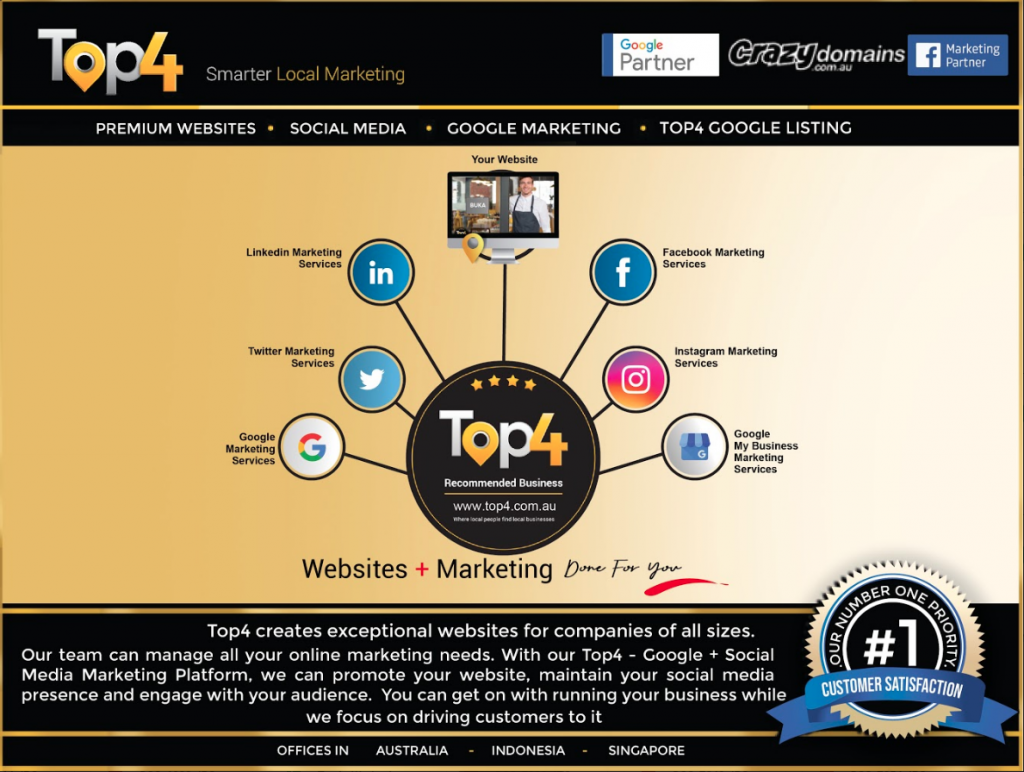As Covid-19 continues to drive news headlines, Americans are struggling to identify a sustainable path forward. Social distancing and “shelter in place” mandates have been proven to “flatten the curve” and slow down the coronavirus spread. But this new normal has devastating effects on businesses, especially retailers, restaurants, bars, and entertainment venues.
The pandemic-driven economic shutdown is also affecting the estimated 57 million Americans who make their living, or supplement their income, as members of the gig economy. While some freelancers and side hustlers may feel secure, full-time gig economy drivers certainly do not. Covid-19 has numerous implications for the gig economy, including some that will last even after all the dust settles. Let’s sort through them.
The gig economy workforce grows, but not by choice
In the course of four weeks, at least 22 million Americans filed for unemployment insurance. Economists estimate that the unemployment rate could surge to as high as 30% before the crisis is over, levels higher than peak 25% unemployment during the Great Depression.
A percentage of people who have lost their jobs will turn to freelancing and other gig economy opportunities. This will likely result in the largest gig workforce to date—but not all participants are there by choice.
Fewer “gigs” to go around
We have more available workers but fewer gigs to go around. The skilled labor “gig” market is more competitive than ever, as companies tighten their spending and cancel or postpone projects that require freelance talent. Independent contractors are losing income right alongside full-time employees. The recently announced Paycheck Protection Program is designed to help small businesses, including gig economy workers, access emergency cash, but freelancers still can’t obtain unemployment benefits, which could make the economic downturn especially devastating for them.
For gig economy drivers, shared driving opportunities have obviously dwindled since people are not going out. Services like DoorDash, Uber Eats, Postmates, and Instacart that allow people to get takeout and other items delivered to their door are still operational and, in some areas, thriving. Whether the uptick in these jobs will be enough to offset the decline in Uber and Lyft passenger rides remains to be seen.

Gig workers demand protection—and possibly unionization
People still need to eat, and using delivery services that rely on gig economy drivers limits the number of cars on the road while supporting local businesses and contributing to the economy. But these drivers are putting their own health at risk to deliver us food, and many are demanding protection.
Companies have rolled out new measures to support these workers. For example, Uber, Instacart, and DoorDash have introduced programs to financially support drivers who are unable to work because they have contracted Covid-19 or are forced to quarantine.
But these measures may not be enough. They shine a spotlight on the case for gig worker health benefits, and it’s possible the pandemic will lead to app-based worker unionization. If so, companies would need to work through a gig labor union, should they wish to leverage this labor pool. This union, or unions, would be designed to protect workers’ rights and best interests and, hopefully, to assure the sustainability of the gig economy for workers as well as the businesses that hire them.
If outrageous fees and overbearing restrictions make gig workers too challenging to hire, it would be the nail in the coffin for the entire gig economy. But if unions are executed well and take a reasonable approach to protecting their members, all parties should benefit.
How companies and consumers can help
There is not much individuals can control about a pandemic, but companies and consumers alike should do their best to support gig workers by investing in products and services that utilize them. Ordering delivery from your favorite restaurant using UberEats, GrubHub, or another gig economy-enabled service supports your community as well as drivers—and you can do it from the comfort of your home.
Likewise, brands should consider supporting advertising solutions that leverage gig economy workers. One of the worst things brands can do is freeze their spending. Doing so has a catastrophic ripple effect for vendors and partners, their employees, and the economy. This pandemic will end, and now is actually a prime time to plan and invest in future advertising, as advertisers have more buying power than ever before. Brands will likely score incredible deals—particularly in offline advertising—while doing their part to keep the economy moving. Campaign spending trickles down into the pockets of Americans, and, in some cases, that includes the gig workforce.
It is likely the pandemic will prove a catalyst for long-lasting changes in the gig economy. Hopefully, these Americans can weather the storm, and any lasting changes will prove beneficial for them, for the companies that rely on them, and for the customers who enjoy and benefit from the apps, services, and solutions that employ gig economy workers.
Looking to build customer loyalty through social media? Don’t forget to add your business to Top4.com.au
List your business, create your own digital store to sell goods and services, and share posts on social media. Promote your business on Google instantly! Should you need help with local digital marketing then view our new Google Marketing Platform and services Top4 Marketing
Get Found On Google Promote Your Website, Reach local customers today!
Our Digital Marketing Agency Services Across All Industries Include Search Engine Optimisation (SEO), Google Marketing, Website Design, Corporate Web Development, and local location-based marketing using our own Google Marketing Platform!
Engage A Social Media Agency For Only 1/3 The Cost Of Employing A Social Media Manager…LET’S TALK!
source: Street Fight





